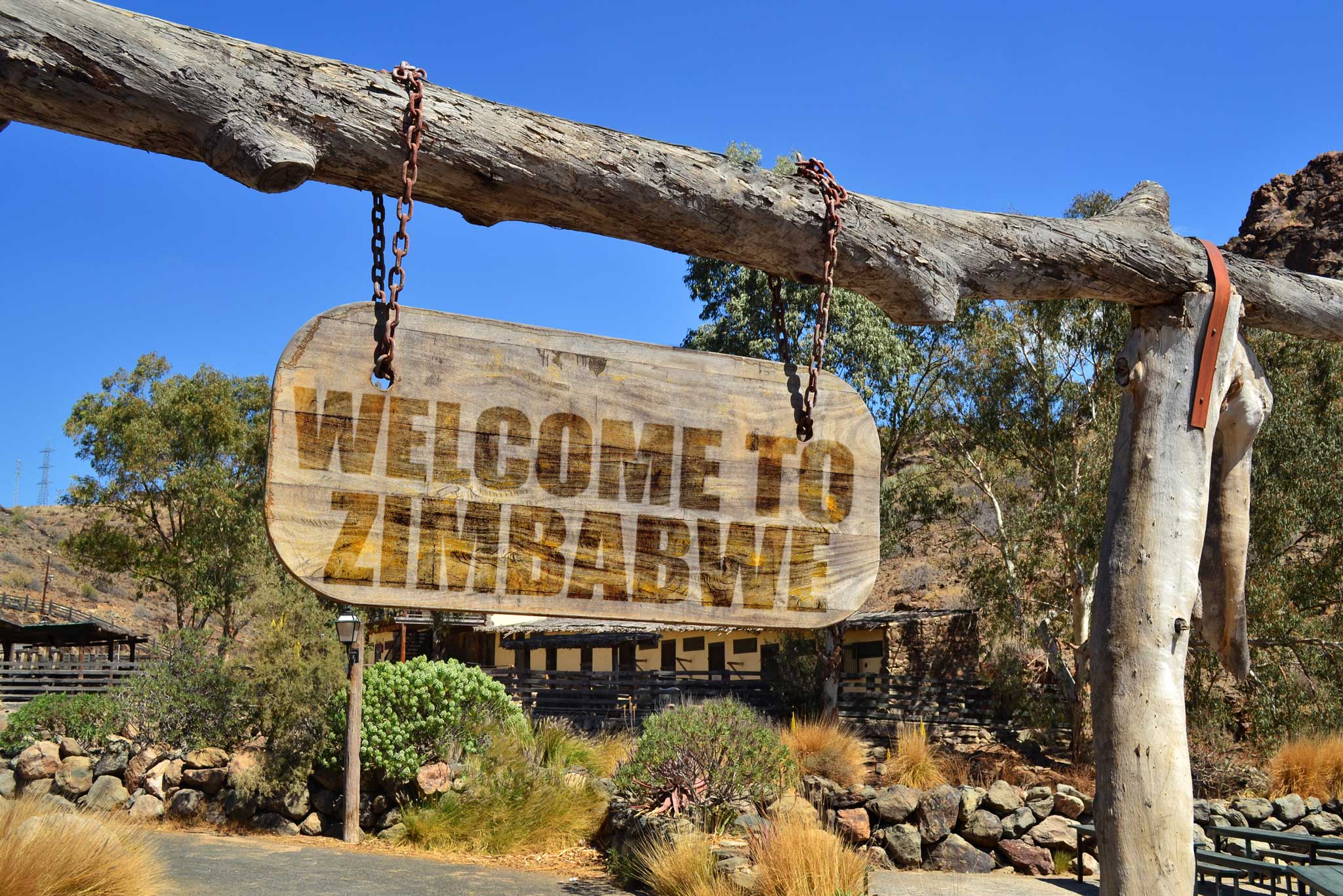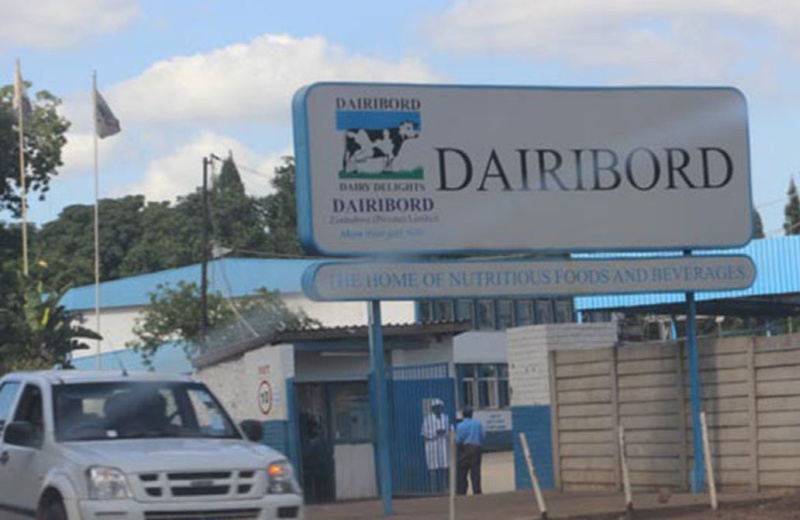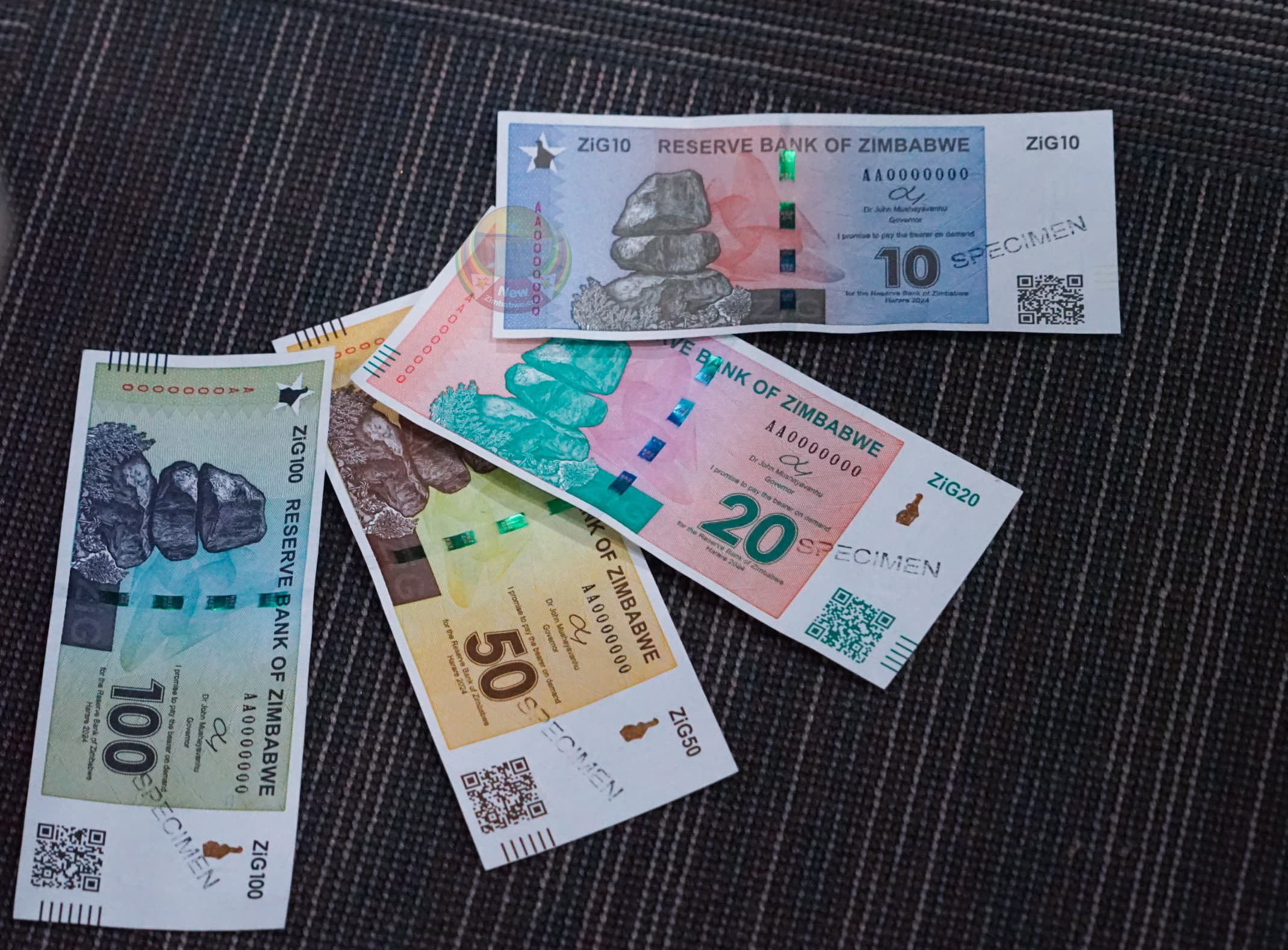Questions and Answers on Structured Currency Zimbabwe Gold -ZiG
Below are Questions and Answers on Structured Currency (Zimbabwe Gold -ZiG) introduced by the Reserve Bank of Zimbabwe on Friday last week. The RBZ prepared these questions and answers as part of efforts to educate the general public on the new currency.
What exactly is a “structured currency”? How will it be different from the current Zimbabwean dollar? What commodity will the structured currency be linked to? How will this link be established and maintained?
A structured currency is generally defined as a currency that is pegged toa specific exchange rate or currency basket and backed by a bundle of foreign exchange assets (potentially including Gold). This means that a Central Bank can only issue domestic notes and coins when fully backed by a foreign “reserve” currency or foreign exchange assets and that the currency is fully convertible into the reserve currency on demand.
Thestructured currency is different from the ZW$ in that it is anchored by a composite basket of foreign currency and precious metals (mainly Gold) held as reserves for this purpose by the Reserve Bank.
How will the structured currency be rolled out? What does this mean for the ordinary consumer and businesses?
With effect from 5 April 2024, banks shall convert the current Zimbabwedollar balances into the new currency which shall be called Zimbabwe Gold (ZiG) to foster simplicity, certainty, and predictability in monetary and financial The new currency will co-circulate with other foreign currencies in the economy.
The swap rate will be guided by the closing interbank exchange rate andthe price of Gold as at 5 April 2024. The swap rate shall be used to make legitimate conversions of all ZW$ deposits in the banking sector; all ZW$loans and advances made by the sector; ZW$ treasury bills; all outstanding auction allotments; all export surrender obligations; all prices of goods and services in ZW$; and any other ZW$ denominated
On conversion of all current ZW$ balances, banks are directed to renameall the current ZW$ accounts as ZiG Gold-backed Digital Token (GBDT) accounts will no longer be called ZiG accounts but will be known as GBDT accounts.
AllZW$ notes and coins held by account holders will be credited into their ZiG accounts using the applicable conversion The banks will continue to accept these deposits for a period of 21 days after 5 April 2024.
The Reserve Bank has made special arrangements for those without bankaccounts to swap their ZW$ notes and coins at POSB and AFC Commercial Bank within 21 days after 5 April
Thestructured currency will bring price and exchange rate stability, benefiting consumers and businesses alike.
Will the structured currency be used alongside the other legal tenders in Zimbabwe? How will the central bank manage the co-circulation of the new structured currency with the US dollar in the dual currency regime?
The ZiG currency will be legal tender operating alongside other currenciesprescribed in the RBZ Act under a multi-currency system, which includes the USD, Euro, Rand, Pound Sterling, Yen, etc. It shall also be used for accounting and other purposes, including discharge of financial and contractual obligations as well as valuation of assets and liabilities.
How will the people in the rural areas be made aware of the structured currency?
TheReserve Bank will embark on educational and awareness road shows through widespread media platforms to reach out to all corners of the country and ensure that people in the rural areas are not left behind.
What is the legal framework of the structured currency?
TheLegal framework is contained in Statutory Instrument 60 of 2024, published on 5 April 2024.
What is the anticipated impact of the structured currency on the economy? How will the structured currency impact inflation and price stability? How will the introduction of a new currency backed by gold reserves address the hyperinflation and currency depreciation issues that have plagued the economy?
The new structured currency is anticipated to restore confidence in thelocal currency and hence safeguard the multi-currency system, which, to date, has served the country very well. This will go a long way in fostering simplicity, credibility, certainty, and predictability in monetary and financial affairs. The structured currency and the accompanying monetary policy measures will bring price and exchange rate stability in the economy.
Will the money be recognised internationally?
ZiG is a local currency that has just been launched and has not yetachieved convertibility. The Bank will work to strengthen the currency to attain full convertibility, consistent with the regional agenda for macroeconomic convergence under the SADC Protocol on Finance and Investment.
Will consumers be able to purchase fuel using the structured currency?
Thecurrent pricing mechanism in the fuel sector will remain in place until otherwise reviewed. As Reserve Bank and Government work towards wider use of ZiG, the fuel sector will be encouraged to accept ZiG for fuel purchases.
How is the structured currency different from ZIG and gold coins?
The gold coins and GBDTspreviously known as ZiG are investment instruments and the structured currency now called ZiG is the local currency and legal tender.
Gold-backed Digital Tokens (GBDT) will no longer be called ZiG butnamed GBT.
What is backing the Structured Currency, and do we have enough Gold or other assets to back the new currency?
ZiG shall at all times be anchored and fully backed by a composite basketof reserves comprising foreign currency and precious metals (mainly Gold), received by the Reserve Bank as part of in-kind royalties and kept in the vaults of the Bank. Foreign currency balances will be accumulated through market purchases from the 25 percent surrender requirements as well as the sale of some precious metals received as royalties.
Asof 5 April 2024, the Bank has reserve assets of USD 100 million in cash and 2,522 kgs of Gold (US$185 million) to back the entire local currency component of reserve money which currently stands at ZW$2.6 trillion requiring full (100 percent) cover of Gold and cash reserves amounting to US$90 million. The gold and cash reserve holdings currently with the Bank represent more than times cover for the local currency being issued.
In order to improve confidence, who will monitor the Gold at the RBZ?
The legal instrument (SI 60 of 2024), introducing the structured currencyprovides that the reserve assets backing it shall be subject to independent audit once in a calendar year by external auditors specifically appointed for that purposes and the results of such audit shall be published in the Annual Report of the Reserve Bank.
What will happen to organisations and individuals who bought foreign currency on the Auction System last year but were not allocated the foreign currency?
All outstanding auction allotments will be converted into ZiG and refunded torecipients at the current interbank exchange rate. This will allow the new system to start on a clean slate using the interbank foreign exchange system. The refund will entail conversion of all outstanding auction allotments into a two (2) year ZiG denominated instrument at an interest rate of 7.5% per annum.
How can the public trust that this new currency backed by gold reserves will be managed differently than previous currency issuances? How the Government plans to build public trust in the new system.
Thestructured currency will be fully backed by foreign currency and precious metals, mainly Gold, which will be audited by independent external auditors.
What steps are being taken to prevent the mismanagement and excessive money printing that led to hyperinflation in the past? How will the central bank ensure the stability and credibility of the new currency when the economy has experienced severe currency depreciation in the past? • What are the expected benefits of this new monetary system? How will it address the issue of inflation?
The Bank intends to strategically manage money supply growth through adisciplined culture in sync with improved economic activity and increased reserves in the form of precious minerals (mainly Gold) and foreign currency balances.
Are there any measures in place to ensure the independence of the central bank and prevent political interference in monetary policy decisions?
TheBank has both operational and instrument independence through its Board of Directors and Monetary Policy Committee.
The Board provides the necessary oversight while the MPC is empoweredto formulate and prescribe policies independently. The Bank is also protected against interferences by the provisions of the RBZ Act.
How can the public be assured that their savings will be protected with this new currency?
Thestructured currency and the accompanying monetary policy framework will ensure price and exchange rate stability, which is critical for value preservation. In addition, the containment of inflation will ensure maintenance of positive real interest rates which will encourage savings in the economy.
What is going to determine the exchange rate of the structured currency in relation to other currencies?
The starting exchange rate shall be determined by the prevailing closinginterbank exchange rate as at 5 April and the London PM Fix price of Gold as at 4 April 2024. The intervening exchange rate shall be determined by the inflation differential between ZiG and USD inflation rates and the movement in the price of the basket of precious minerals held as reserves. The weights will be determined by the composition of reserve assets.
Are there going to be physical notes or coins introduced as part of this new currency?
ZiG notes and coins shall be issued in denominations made up of 1ZiG,2ZiG, 5ZiG, 10ZiG, 20Zig, 50ZiG, 100ZiG, and 200ZiG which will be distributed through the normal banking channels. The coins shall be introduced in due course.
SI 60 of 2024 has the details of colour, size, features, characteristics andtype of paper used for printing the notes.
What are the transitional measures to ensure a smooth transition from the current monetary system? How will the transition to the structured currency and currency board be managed? What impact will it have on businesses and ordinary citizens?
The banks will continue to accept deposits of ZW$ banknotes for a periodof 21 days after 5 April 2024. The Reserve Bank has made special arrangements for those without bank accounts to swap their ZW$ notes and coins at POSB and AFC Commercial Bank within 21 days after 5 April 2024.
In order to ensure that all businesses are on board, all other businessesoutside banks and MNOs will be allowed a seven-day period from 5 April 2024 to fully configure their systems to transact in ZiG.
How will the Government practice accountability and transparency in managing this new currency? How will the Government ensure the stability of the structured currency?
The Bank will ensure strict adherence to the Statutory limit on Banklending to Government as stipulated in the Reserve Bank Act.
The Bank and Government will also maintain tight monetary and fiscalpolicies, respectively to guarantee the sustainability of the structured currency. Implementation of strict liquidity management will assist to smoothen liquidity shocks that cause spikes in the exchange rate.
Asalready alluded to, the legal instrument (SI 60 of 2024), introducing the structured currency provides that the reserve assets backing it shall be subject to independent audit once in a calendar year by external auditors specifically appointed for that purposes and the results of such audit shall be published in the Annual Report of the Reserve Bank for transparency.
On Currency Board: How will the currency board operate? Will it be completely independent of the central bank? What are the specific rules governing the issuance of the structured currency by the currency board? How will the currency board address potential imbalances in foreign reserves? • The timeline for implementing the structured currency and currency board.
The structured currency, as defined, is different from the currency boardsystem, although it has some features. The structured currency being introduced by the RBZ will be based on a market determined exchange rate system as opposed to a pure currency board system which is based on a fixed exchange rate system and set by statute. The currency board system and structured currency system are similar in the currency anchored where the reserve money is 100 percent covered by reserves.
22.What are the potential risks associated with this system? Could it limit the Government’s ability to manage the economy?
Thestructured currency system that is fully backed by reserves guarantees price stability, which is critical for economic growth and development. The currency and exchange rate stability to be attained will contribute to the Government’s macroeconomic stabilisation agenda. The downside risks will emanate from the Government’s inability to stimulate the economy beyond the quantum of reserves backing the currency. As alluded to, monetary and fiscal consolidation remains a critical prerequisite.
The role of the International Monetary Fund (IMF) or other international institutions in the process
The IMF will continue to play its advisory role on exchange rate and monetary affairs. The IMF and other international institutions will remain critical partners in the implementation process-ebusinessweekly










